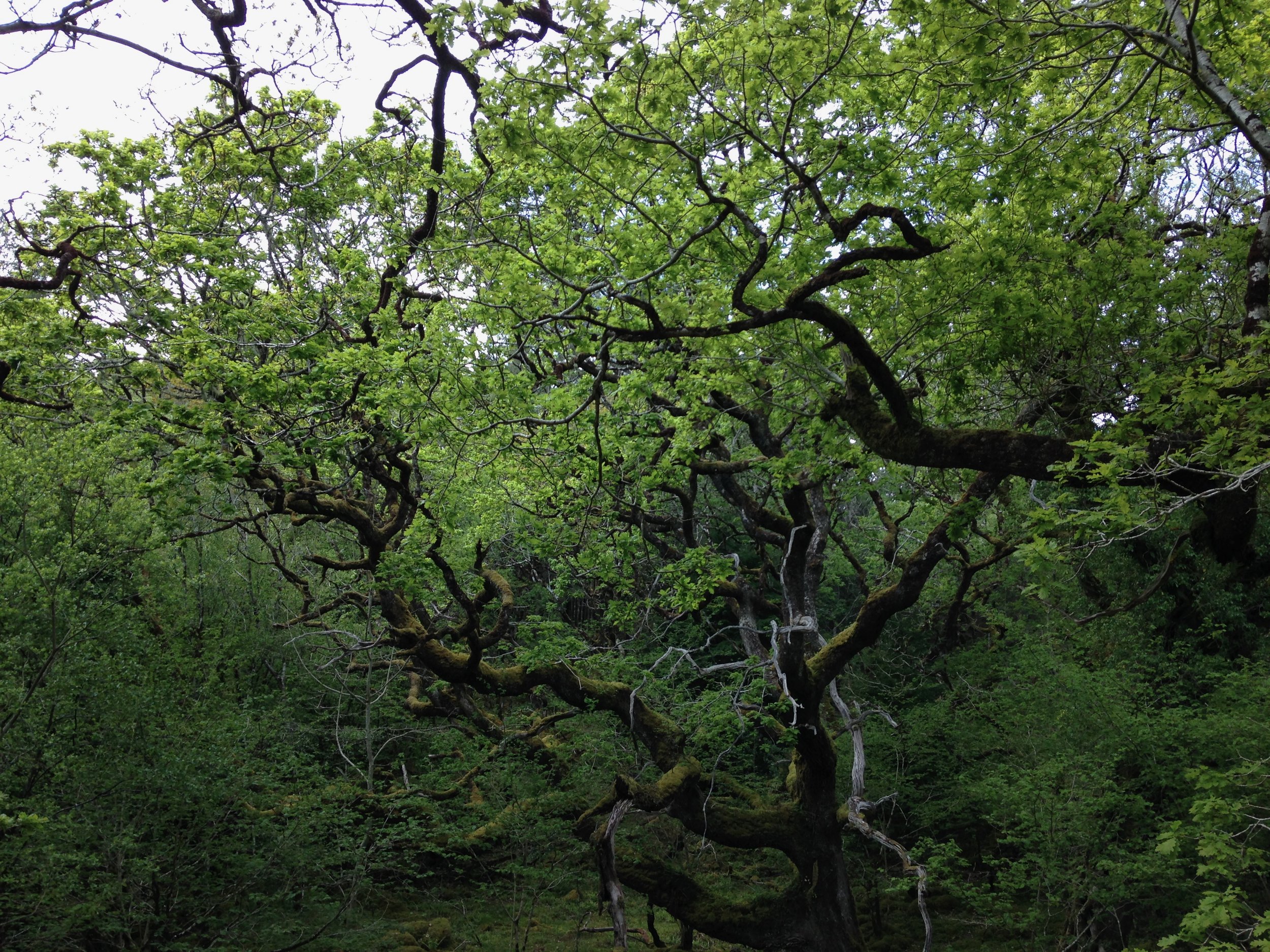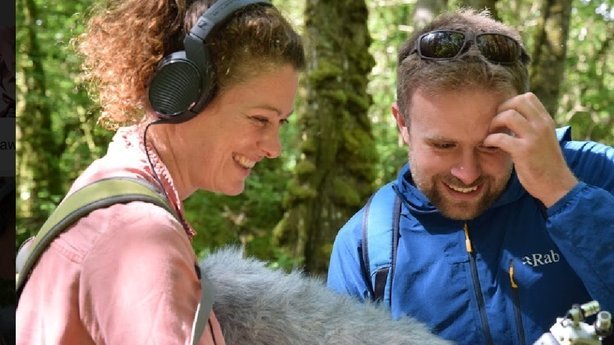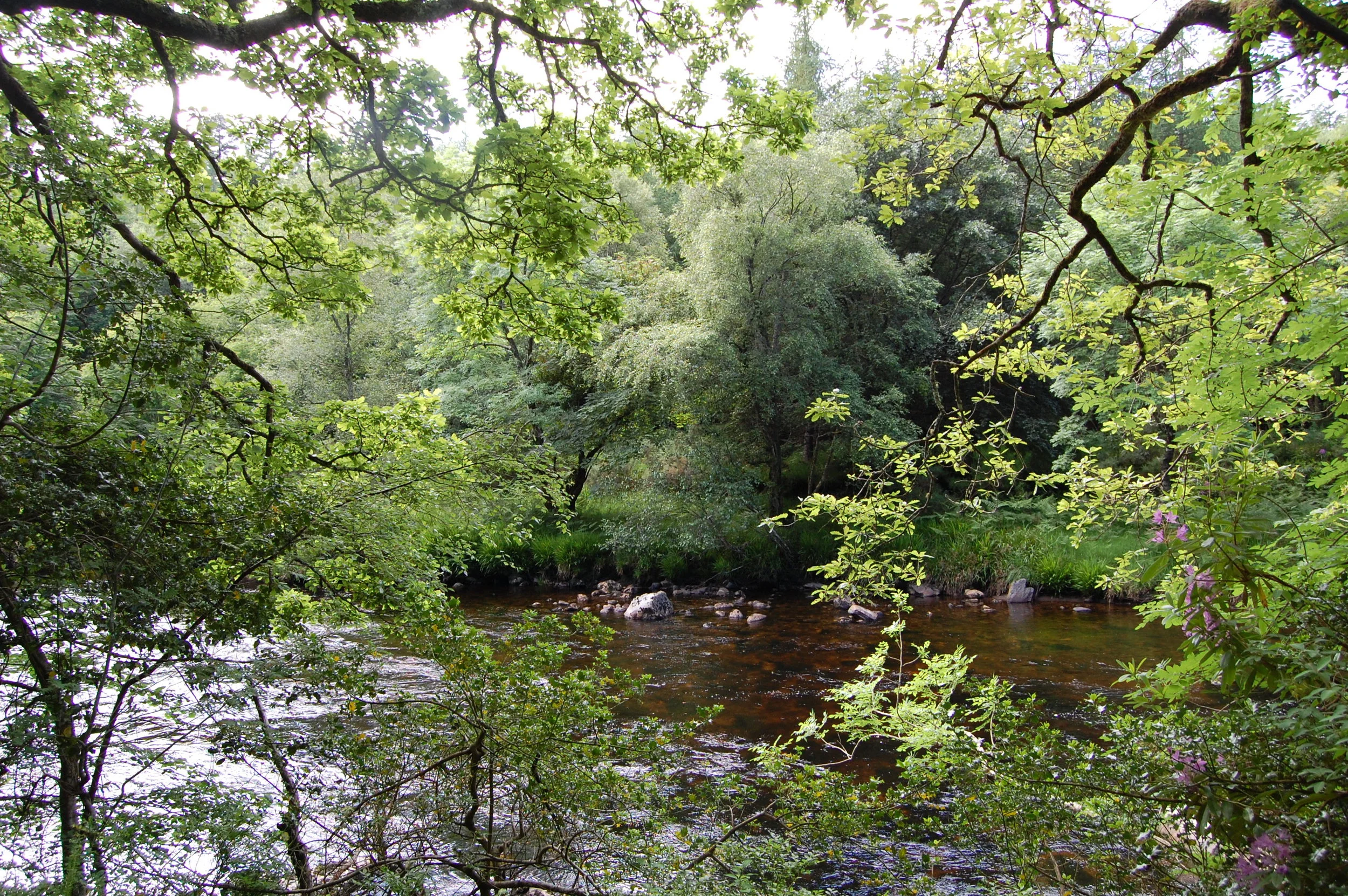The Slievetooey coastline of County Donegal in the north-west of Ireland boasts exhilarating cliffs, inaccessible beaches and an unrivalled chain of sea stacks. Lenny Antonelli spent two nights walking and wild camping in this coastal backcountry at the edge of Europe
The Great Outdoors, Spring 2016
IT WOULD BE EASY to mistake Gleann Cholm Cille for the end of the earth. Here at the far-flung tip of Donegal’s Sliabh Liag peninsula, the road crosses a high empty bog on its way to the Atlantic, and you expect that at any moment, it might suddenly end on some desolate cliff-top. But then this Gaelic-speaking village appears under you like a Greenlandic outpost, a scatter of low cottages enclosed by high cliffs and mountains. Gleann Cholm Cille sits at the seaward end of an unlikely fertile valley, facing down the mercurial Atlantic.
It took me six hours and three buses to get here from Galway on a dull Friday in July. I came for a weekend backpacking trip on the wild roadless coast north of the village. My plan was to hike along the cliffs for a few hours, set up camp, then start in earnest the next morning.
As I got of the bus the sky was darkening, the wind was picking up, and rain was on the way. My mood was dark too. I don’t really know why, but it almost invariably is just before any solo backpacking trip. Once the excitement of planning and packing is over, my enthusiasm disappears and, almost always, I become overcome with a deep apathy.
Backpacking with friends is jovial and social, but heading out alone forces you confront the extremes of your thoughts and feelings. On any solo trip to the wild, my mood will swing from total elation to deep melancholy. But it usually starts of at its worst, particularly if the weather is grey, which it was that Friday evening. I knew this would change dramatically so long as I kept putting one foot in front of the other.
Read More

















